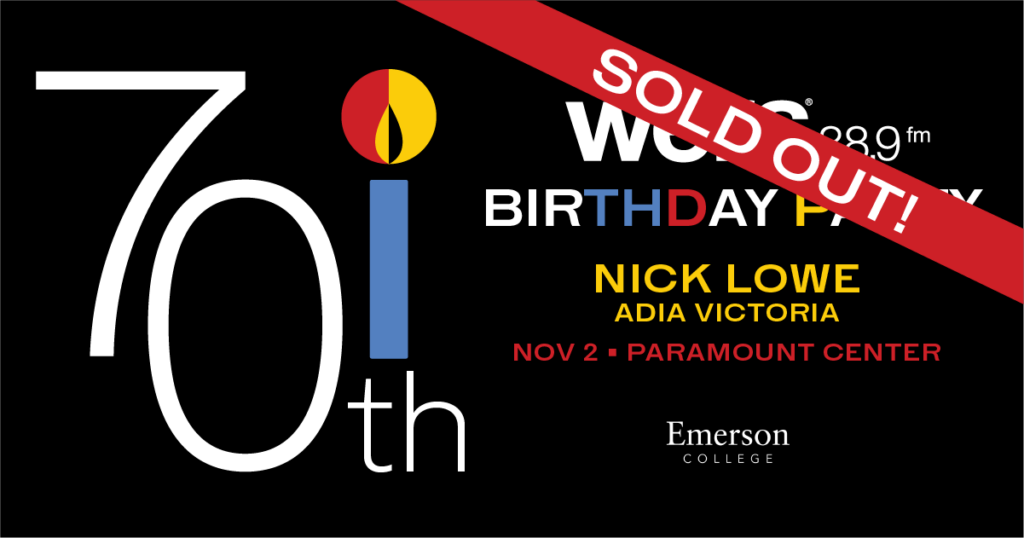

By Owen Murray
Talking Heads never wanted to fit in.
In fact, frontman David Byrne only ever seemed to be himself when he was truly standing out. Byrne's image is defined by his awkward stage presence, semi-choreographed dancing, and of course his iconic oversized suite from the Stop Making Sense tour.
Talking Heads' music is eclectic and eccentric. The band mixes punk and afro-beat influences which displays their excellent musicianship, but with a very mechanical feel. The lyrics can be just as off-beat - their 1978 album was titled More Songs About Buildings and Food.
Talking Heads fit in best along side similarly quirky acts like Devo or even Kraftwerk. Yet, radio listeners often hear them alongside artists like R.E.M., Tom Petty, and Oasis.
How did a band that had no intention of conforming to rock standards end up being an alternative radio staple?
Well, it didn't happen quickly. The group only has 8 top 100 hits in the U.S., their highest being "Burning Down the House," which peaked at number 8. "Psycho Killer" and "Once in a Lifetime," two early Talking Heads' songs which have become classics, never even broke into the top 100. "Once in a Lifetime" hit #14 on the UK charts-perhaps due to legendary British producer Brian Eno who worked on the song - but it didn't get radio recognition at home.
Radio stations didn't take to "Once in a Lifetime," but MTV put the music video in their heavy rotation. The iconic music video directed by Toni Basil featured David Byrne acting out a mid-life crisis through herky-jerky movements. Byrne danced against a psychedelic green-screen background that just screamed for attention. MTV wasn't yet the powerhouse that it would become in the mid 80s to early 90s, but it still was many people's first impression of Talking Heads. It was perplexing, fascinating, and unique. The perfect introduction to the eccentric band.
The next Talking Heads album Speaking in Tongues came out in 1983, three years after Remain in Light which featured "Once in a Lifetime." Finally, the modest success the band saw on MTV translated over to radio. "This Must be the Place (Naive Melody)" peaked at #62 and "Burning Down the House" went to #8 and remains the band's highest charting song. Successful, but by no means massive hits.
Yet, years later "Burning Down the House" and "Once in a Lifetime" are on alternative radio all the time.
The reason? Because Talking Heads were years ahead of their time. There's hardly a rock band that came after them that wouldn't say that Talking Heads were an incredible inspiration. In fact, Eddie Vedder of Pearl Jam has cited them as a major inspiration. Radiohead got their name from a Talking Heads song of the same name. And, it's hard to imagine Vampire Weekend blending afro-beat with punk music without Talking Heads doing it 30 years earlier.
When Talking Heads came onto the scene, people weren't sure what to make of them. They made no effort to fit in with their 80s contemporaries, and directly contradicted the decade's tropes of excess in pop.
In hindsight, their impact on music is undeniable and their position as an alternative radio staple is well-earned.








